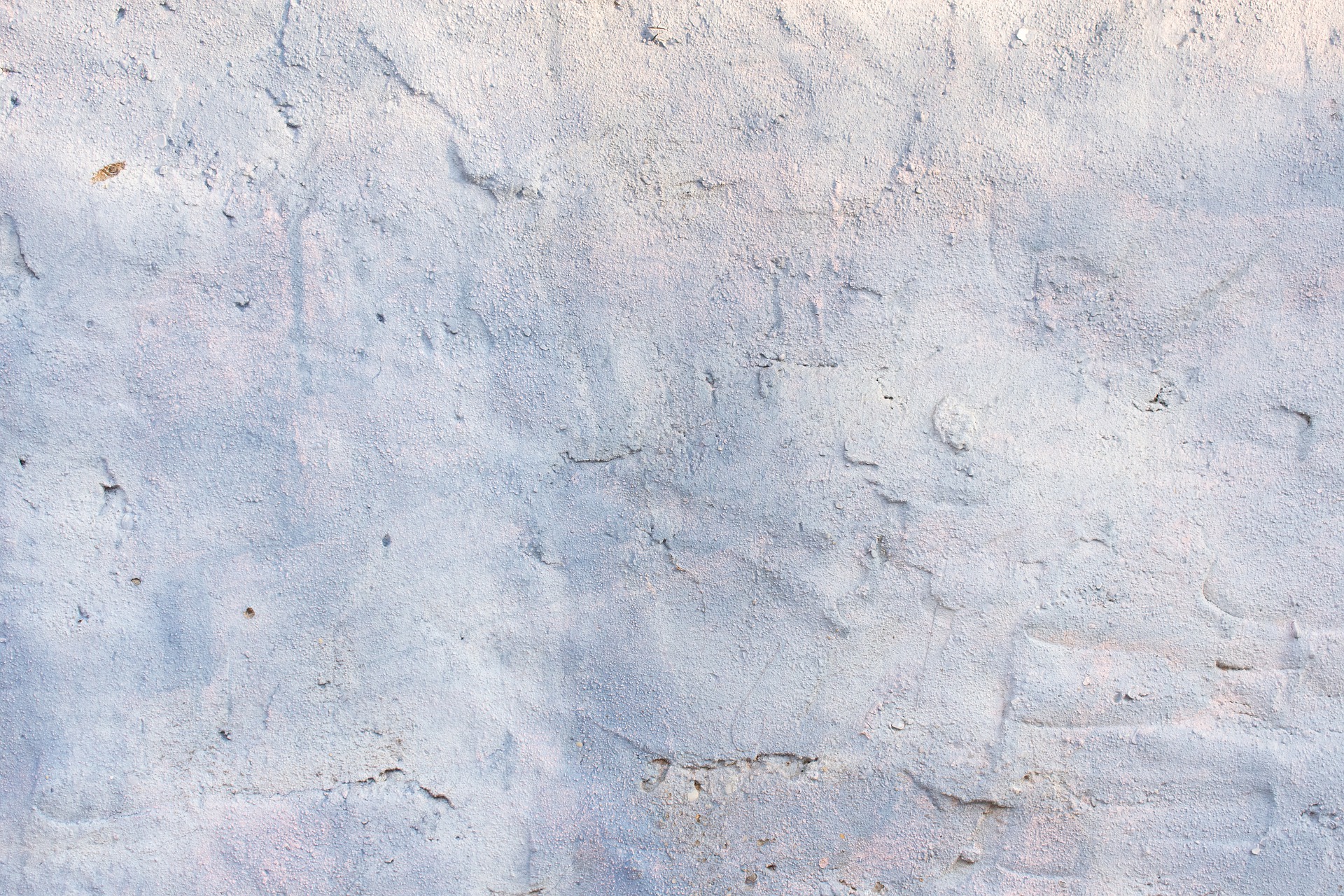Why Does Paint Bubble?
Are you curious about why paint bubbles? Stick around as we share the answer in this article.
There’s nothing like painting your walls and homes with a fresh coat of paint. May it be to start anew or simply give your space a quick refresh, painting projects can boost your property value and also express your unique personality.
Even painters and artists do this every so often. However, one common problem that both professionals and beginners encounter is this: paint bubbling.
Whether in the can or after drying, paint bubbles manage to ruin perfectly, seamlessly created masterpieces, or pristine, smooth walls.
If left untreated, these paint bubbles turn into bumps and craters, which may later lead to cracks and other deformities causing the painted surface to deteriorate over time.
There’s absolutely no reason why you should continue suffering from these paint bubbles. Apart from ruining your hard work, they also cause you to spend more money in attempts to save and cover the patches of bubbles.
In this article, we will discuss why paint bubbles and how you can actually prevent this from happening in the future. Interested in learning more about these insider tips and tricks?
Read on to find out why paint bubbles and what you can do about it…
Why Does Paint Bubble?
If you’re wondering why paint bubbles, also known as blistering, this phenomenon can be chalked up to paint simply losing its adhesion to the surface, may it be the wall or the base coat of paint?
When blistering occurs, you’ll find that water-filled bubbles form and then frequently deflate or pop. Some bubbles may also harden or crack over time.
In short, the lack of adhesion is what causes bubbles to appear.
This loss of paint adhesion is normally caused by a variety of factors, such as excessive moisture, heat, and humidity. The type of paint, as well as the manner of painting, also factor into this type of blistering.
Causes of Paint Bubbling
Newbies and seasoned professionals alike know how time-consuming proper priming can be. Because of this, many simply want to cut to the chase and instead, head right into painting, disregarding the priming part completely.
If you do this, you should know that the painted surface will be prone to getting bubbles.
This is because dirt and bacteria remain on the surface when it is improperly prepared and unprimed for painting.
Another cause of bubbling is that the surface is wet or damp.
This problem is prevalent in places with high humidity, such as bathrooms, kitchens, or even basements and attics. After all, these places experience regular condensation from steam, cooking, or improper ventilation.
In the same way, painting on surfaces and places that are exposed to high temperatures, such as kitchens and even dining areas, can cause the paint to dry unevenly.
As stated earlier, the wrong painting tools and materials also factor into paint bubbling. Roller covers vary in shape, size, and material.
In picking the right kind, you should consider the type and texture of the surface you intend to cover.
Likewise, failing to work with the right type of paint, such as layering an oil-based paint over latex, can cause blistering and cracks to occur as a result of poor adhesion.
Last but certainly not least: paint bubbles in the can. These occur when the bottle or the can of paint is vigorously shaken, thereby introducing air into the can.
How to Prevent Paint Bubbles From Forming
It’s easy to forego proper preparation and simply deal with the aftermath of your decision. However, for best practices in the industry, you should always clean surfaces or walls you intend to cover.
From removing dust and dirt to priming the surface, these simple solutions allow you to prevent unsightly bubbles from ever forming.
Not to mention, you prevent porous substrates and bases from soaking up the paint, thus giving you the chance to get a smoother and more even coating.
In terms of your painting method, use your roller in a slow and steady manner. This way, you will prevent bubbles from forming at the onset.
To repair these types of blistered or cracked surfaces, you can easily scrape the affected parts and patch them up with putty or a similar patching compound. Once dried, sand the area to get an even layer then paint it once more.
The Bottom Line
Blistered paint on walls and cracked, peeling paint can be downright annoying. Now that you know why paint bubbles, you can be more cautious when undertaking a painting job, thereby avoiding these occurrences in the first place.
Read Latest Posts

Hi, I'm Anthony Tran! Welcome to my site. I live in Arizona and am obsessed with all things related to building an Online Business and working from home. Learn about my journey here.
Follow Online





